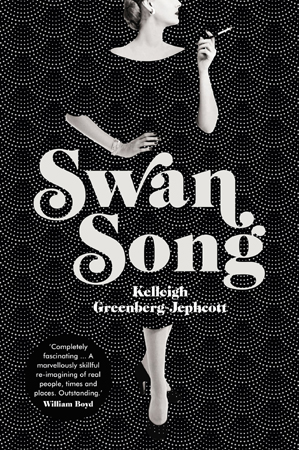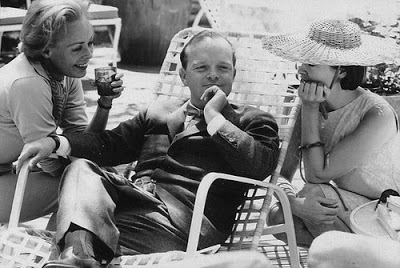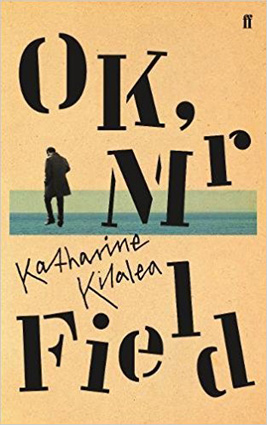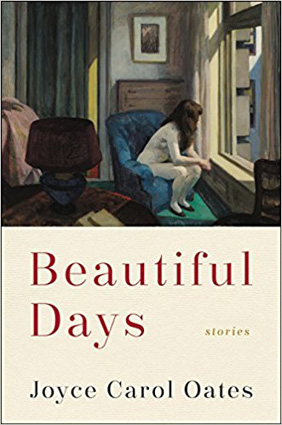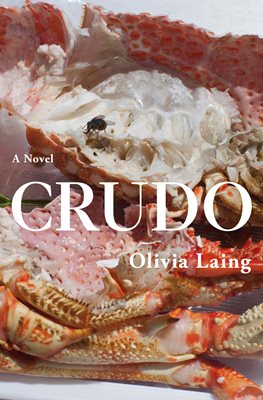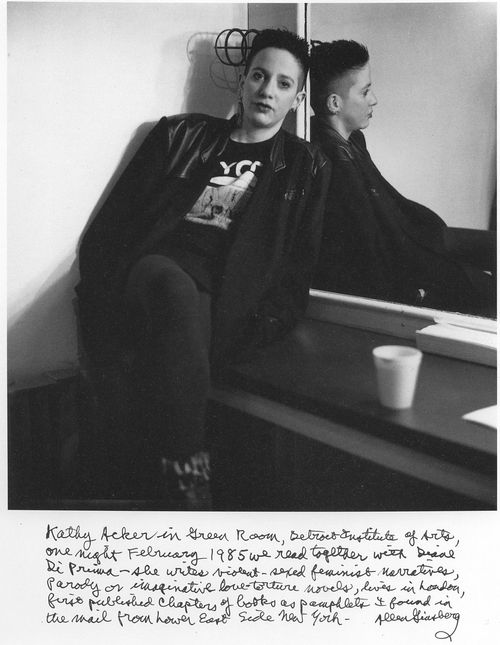I think this novel must be the perfect summer read. I've enjoyed it immensely amidst Britain's recent heat wave as its themes and setting sync with this feverish weather. It's told from the perspective of elderly Frances who is lying on her deathbed. She recalls a hot summer in 1969 when she worked at a dilapidated English country estate alongside a mysterious couple. An American has purchased this crumbling residence and they've been hired to catalogue and assess any architectural items of worth prior to his arrival. The once grand place has been ravaged from being used by the military during times of war and neglect from a once privileged family who gradually completely died out. Although she was in her late thirties when she took this job, Frances was socially awkward and solitary because she had an isolated life with her mother who she cared for until she died. By contrast, the couple Peter and Cara are rambunctious and outgoing so the bond they form with Frances is unique in this odd removed location. It's a dramatic, creepy tale whose expertly paced narration teases out a lot of mystery and suspense.
I've read a couple of novels recently which meaningfully portray solitary individuals who have severe issues relating to and socializing with other people such as “Convenience Store Woman” and (the somewhat unsuccessful) “Eleanor Oliphant is Completely Fine”. The women in these novels focus on their work and find fulfilment in a routine set of duties. The same is true with Frances who was previously content to pen articles about architecture in obscure journals. She's never had a romantic relationship or even a friend. So it's interesting how her friendship builds with Cara who is outgoing, but unpredictable and unreliable. It seems natural for such contrasting personalities to form a connection as a way of balancing each other out. I really appreciated the way the author sympathetically portrayed this dynamic and the many stumbling blocks they encounter as they variously connect or disconnect with one another.
It feels like novels about eerie English country estates are a well-establish trope in literature and Fuller builds on this wonderfully in her portrayal of the broken down residence of Lyntons. Wandering through the great house there are tantalizingly peculiar traces of the family who lived there for generations with secrets built into the very walls. Uncovering pieces of their story is as intriguing as the unfolding relationship between the trio who have taken on the task of assessing the place. The unsettling haunting location and Cara's propensity for superstition naturally builds a tension where something supernatural might be taking place. It makes the novel wonderfully atmospheric and raises meaningful ideas about the accumulation of so much history as well as considerations about who has the right to inherit the spoils of the past.
As well as all these engaging elements, this novel primarily centres around the complexity of guilt. From her death bed Frances grapples with issues of culpability as we gradually discover what happened that summer on the estate. But all the characters wrestle in different ways with feelings of guilt from broken promises to neglecting the ones they love to possible murder. A local vicar also carries the burden of a difficult past. Within the estate there grows a large orange tree whose fruit appears sweet, but whose flesh is dry and bitter. It's a moving metaphor for the way people's outward personalities can conceal the waste within. Being in this isolated environment forces all these characters to variously confront their previous actions and consider degrees of blame, forgiveness or repentance. It adds a deeply emotional aspect to this gripping story and it's something the author is particularly adept at portraying as she's done in her previous two excellent novels. But “Bitter Orange” is an entirely new kind of book for Fuller with its riveting tale. The experience is like pulling twisted clinging vines off from some concealed artifact and uncovering the fascinating story it has to tell.


